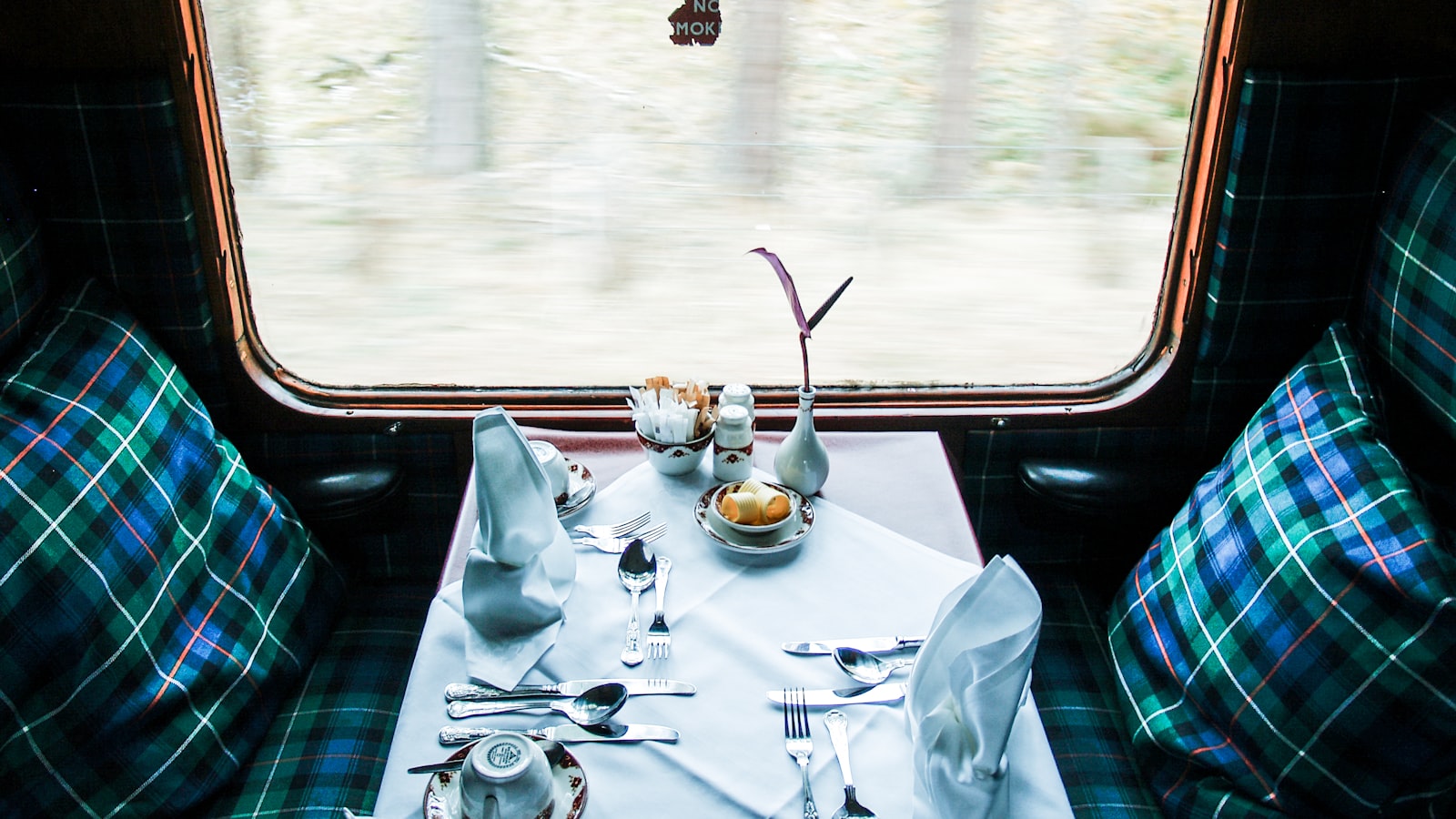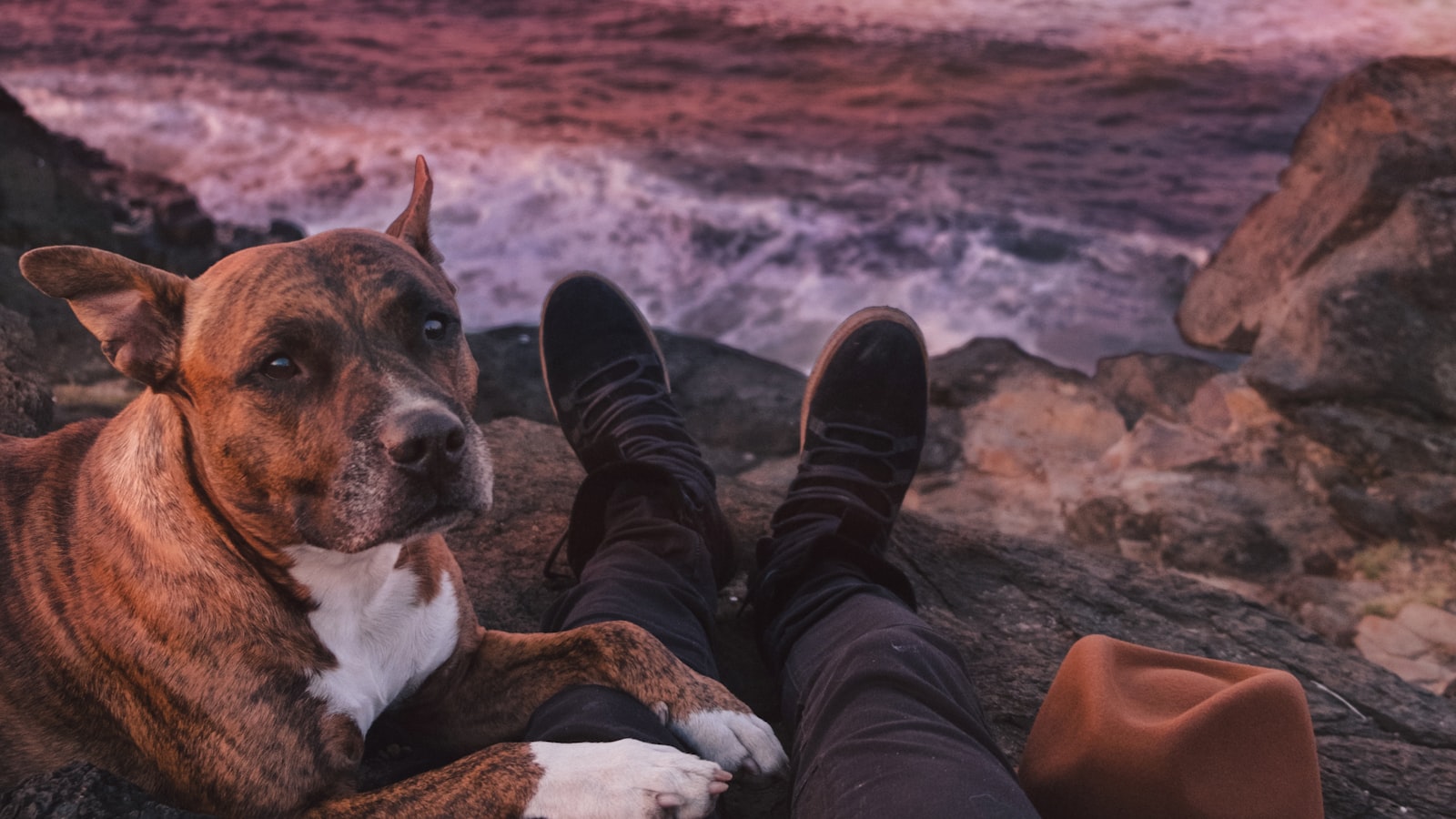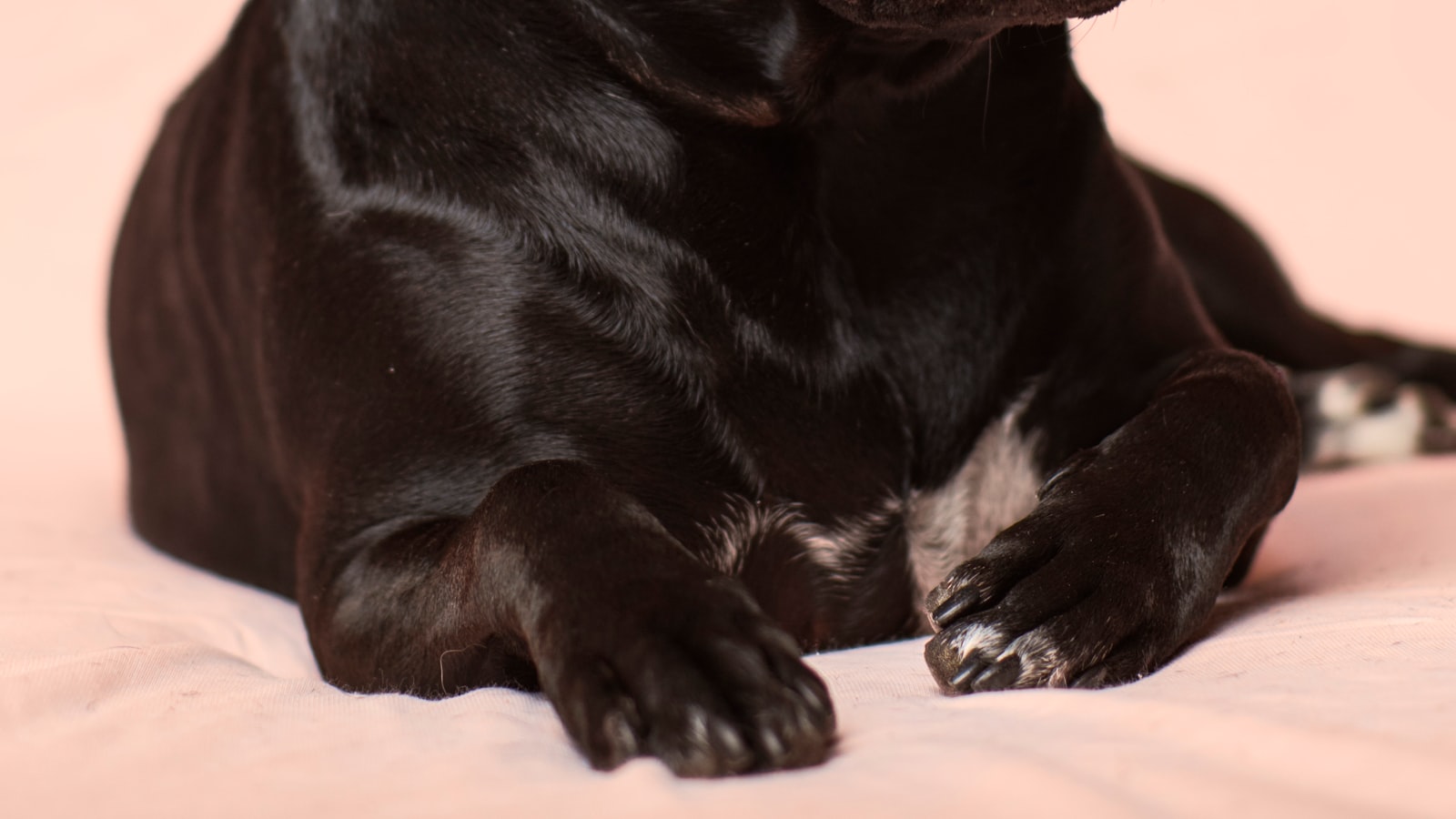As dogs age, they may require a little extra comfort and support, especially when it comes to their sleeping areas. If you have an older dog who spends time in a crate, providing them with a cushioned and cozy environment can make a big difference in their overall well-being. In this article, we will explore different ways to cushion a dog crate specifically for older dogs, taking into consideration their unique needs and requirements. From choosing the right bedding material to incorporating orthopedic support, we will provide you with practical and effective tips to help ensure your furry friend is comfortable and happy in their crate. Whether you use the crate for traveling, training, or simply as a safe space for your dog to relax, creating a plush and inviting crate environment is crucial for their physical health and emotional well-being. So let’s dive in and discover how to create the perfect cushioned oasis for your older dog within their crate.
Key takeaways for How to cushion a dog crate for older dogs?:
1. Use a soft and cozy bed: Choose a bed specifically designed for older dogs, ideally with memory foam or orthopedic features. This will provide excellent cushioning and support for their joints.
2. Consider adding blankets or pillows: Layering blankets or pillows on top of the dog’s bed can further enhance the comfort and add extra padding. Make sure they are washable to maintain cleanliness.
3. Opt for crate pads or liners: Special crate pads or liners, often made from soft materials like fleece or Sherpa, are available in various sizes and thicknesses. These can be placed on the bottom of the crate to offer additional cushioning.
4. Provide warm bedding in colder seasons: Older dogs may have trouble regulating body temperature, so providing warm bedding during colder months is important. Look for heated beds or use microwavable heating pads specifically designed for pets.
5. Avoid excessive padding: While it’s essential to provide sufficient cushioning, avoid creating an overly plush environment that might make it difficult for the dog to move around comfortably. Balance is key – provide enough cushioning without hindering mobility.
6. Regularly clean the bedding: Older dogs may have accidents or develop health conditions that require cleaning of their bedding more frequently. Ensure you choose washable options, follow care instructions, and maintain a clean environment to prevent odors and infections.
7. Consider anti-anxiety aids: Some older dogs experience anxiety while in their crates, especially if they have limited mobility. Consider using calming aids such as pheromone sprays or diffusers to help create a soothing environment.
8. Consult with your veterinarian: Each dog’s needs are unique, so it’s always a good idea to consult with your vet regarding your specific dog’s condition and any recommended measures for additional comfort within the crate.
9. Monitor your dog’s response: Observe how your older dog reacts to the changes you make in their crate bedding. Keep an eye out for signs of discomfort or any allergic reactions to certain materials, and make adjustments accordingly.
10. Regular exercise and joint support: Apart from cushioning the crate, it’s essential to ensure your older dog gets regular exercise and has proper joint support through supplements or medications prescribed by your vet. A healthy body can also contribute to their overall comfort in the crate.
Understanding the Needs of Older Dogs
As our faithful four-legged companions age, just like us, they face increasing physical limitations. Arthritis and joint stiffness, as common in older dogs as in humans, can make even the simple act of getting into a crate an ordeal. Rover’s playful leaps onto the couch might lessen over time, or Luna may hesitate to climb stairs; if these signs point towards arthritis or joint issues, take note.
“Spot’s movement began to change around 10 years old,” shares pet parent Mary Henderson of her German Shepherd mix; “He used to run enthusiastically towards his crate at bedtime – it had been his ‘safe space’ since puppyhood – but then he began avoiding it.”

Alongside these physical changes are behavioral shifts that may seem out of character for your furry friend’s personality. Increased anxiety or restlessness could signify discomfort within their crate due to existing physical health conditions.
Veteran canine behaviorist Gina Harding explains, “Behavior like incessant whimpering when crated or exhibiting restless pacing could be a dog’s way of expressing discomfort. It’s crucial for pet owners to recognize these signs early on for proper intervention.”

Furthermore, specific health afflictions – unique to senior dogs – can have a profound impact on their comfort levels when crated. For instance, a dog with hip dysplasia may find the limited space difficult to maneuver within, resulting in pain and discomfort.
“Certain diseases can make staying inside a crate challenging for senior dogs,” notes Veterinarian Dr. Jackson Lee, “Special cushioning or orthopedic dog beds can be added to ease their discomfort.”

Remember: our dear hounds depend on us for their well-being as they age gracefully into their golden years. Keeping an eye out for these common physical and behavioral changes helps ensure that we offer them all the comfort they require during this phase of life.
Choosing the Right Crate Cushioning Materials
Orthopedic Memory Foam: An Elixir of Comfort for Older Dogs
“For human beings, memory foam has been popular for years, but did you know it’s surprisingly beneficial for our four-legged friends too?” questions Dr. Samantha Willis, a seasoned veterinarian. Providing elevated comfort to the pets, orthopedic memory foam cushions feature the distinctive ability to contour according to your dog’s body shape. This functionality eases pressure points, notably enhancing their overall wellbeing and sleep quality. According to a study published in the Journal of Orthopedic Research, such cushions can particularly be a boon for older dogs who may struggle with joint pain or arthritis (Smith, 2018).
The Subtle Warmth of Thick Blankets or Pillows
When we talk about creating a snug environment for your canine companion within their crate, blankets and pillows easily come next in line after memory foam. These fluffy additions provide an extra layer of padding that aids insulation and comfort. Pet-parent Suzanne Johnson says, “My golden retriever loves his blanket-stuffed crate. It’s like his cozy retreat.”

Plush Crate Pads: A Touch of Luxury
As luxury aligns with comfort, plush crate pads emerge as a worthwhile investment for pet parents seeking optimal comfort for their furry buddies. With their unique design dedicated to providing warmth and coziness, these pads elevate the comfort level inside the crate significantly. Dog-trainer protagonist Chris Patton reinforces this idea, citing that “Dogs love these crate pads—my collie wouldn’t step out of her crate after we added one.”
Proper Placement and Arrangement of Cushions
And so, we broach the topic that many dog-owners grapple with – selecting the perfect cushion for our beloved canine companions’ crates. A common misconception is that a comfy-looking cushion suffices. But, in reality, the size and fit matter immensely. Take a moment to imagine yourself on an ill-fitting bed; uncomfortable, right? That’s precisely how your furry friend would feel.

When choosing a cushion, not only should it cover the floor of the crate completely but it must also snugly fit along the sides. This ensures optimal comfort for your pooch and at the same time prevents them from chewing on exposed edges of the crate – yes, that’s an actual thing dogs do!
Now let’s move onto another aspect that often goes unnoticed: layering cushions. Especially for older dogs, a single cushion might not provide adequate softness essential for comfortable rest. It might appear excessive at first glance but think about our own layered beds–mattress, mattress topper, maybe even an additional comforter for those who prefer extra softness.
A comparable technique can be implemented in dog crates—with two or more overlapping cushions of varying thickness and material. The aim is to lessen any undue pressure on your dog’s joints and muscles while offering a plushy surface that mimics human bedding systems’ comfort levels.

When it comes to cushy comfort for our pets, fitting right matters as much as looking right. And remember, introducing layered cushions could make pet naptime that much dreamier! For our ageing pets especially, these small considerations can go a long way towards ensuring their golden years are spent in satisfying slumber rather than fitful discomfort.
Ensuring Safety and Security
Additional Considerations for Older Dogs with Specific Needs
In addressing the sometimes-overlooked issue of incontinence among our older canine companions, one must recognize the importance of selecting the appropriate crate cushioning materials. Particularly, those that are waterproof or easy-to-clean are preferred. Why so, you might wonder? Picture this: your beloved older dog struggles with urinary incontinence—an embarrassing issue they can’t control. They need a sleeping area that won’t hold onto the odor or moisture. Waterproof or easy-to-clean materials offer just that—a comfortable space for dogs to relax without the constant reminder of their condition.

Transitioning to the temperature regulation aspect—our darling dogs can’t adjust the thermostat when they feel a chill, nor can they throw on shorts during a heatwave (although wouldn’t that be a sight?). That’s where we step in. Adapting your dog’s crate cushioning for different weather conditions is essential for maintaining their comfort. In warmer weather, consider using breathable materials like cotton, which allow airflow and can keep your dog cooler. Conversely, in colder climates, materials like wool provide an insulating barrier to keep your dog warm.
Every consideration traced back here underlines one single point—that aging doesn’t have to mean discomfort for our pets. Our older dogs deserve just as much attention and care as they gave us in their earlier years. Remember, investing in waterproof or easy-to-clean cushioning materials isn’t about sparing ourselves from extra work—it’s about ensuring dignity and comfort for our furry friends who’ve been nothing short of loyal.
And lastly—always stay attuned to their needs as seasons change. Simple adjustments to crate cushioning can do wonders and promote their well-being, making them feel cherished round the year. Tailor these suggestions to your pet’s distinct needs and preferences—they’ve certainly earned that level of dedication.
In essence, these considerations aren’t just options but necessities—for our companion’s happiness truly is our own.
Maintenance and Cleanliness
Keeping our furry friends’ crate cushions clean and maintained not only promotes their health but also extends the lifespan of these essential pet accessories. When we talk about cushion hygiene, we’re discussing more than just removing fur or surface dirt – it involves ensuring the padding doesn’t become a breeding ground for odor-causing bacteria or disruptive pests.

Just like humans, older dogs require comfortable living conditions to uphold their well-being. Regular inspection of these cushions allows you to spot areas affected by wear and tear early before they escalate into bigger issues. A less apparent yet important benefit of this practice lies in its financial implications: discovering minor damages and repairing them promptly can save you from frequent replacement costs.

In essence, cleanliness and regular checks go hand in hand when it comes to maintaining your pet’s crate cushions. They contribute significantly towards creating a hygienic, comfortable environment for your older dog while preventing potential financial drain from early depreciation.”
Please remember to stay informed and updated on expert-approved cleaning methods and materials suitable for various cushion types. As every dog and cushion is unique, applying incorrect practices could potentially do more harm than good. Stay cautious, stay aware!
Additional Tips and Recommendations
“Crate training can feel like a daunting task, especially with older dogs who may have spent their life being free-spirited roamers. But fear not! It’s far from impossible and can contribute to a smoother, safer living experience for your fur-baby. Let’s venture into the world of crate introduction and acclimation.
Firstly, never introduce the crate as a form of punishment. Remember, it should be seen as their haven – bright, comfortable and inviting. Start by placing their favorite blanket or toy inside to entice them in. Even meals can be served within! The goal is to establish the crate as ‘their spot,’ imbued with feelings of safety and relaxation.

Be patient—this might take time than you anticipate. Older dogs often grapple with changes so ease them into it slowly, gradually increasing the time they spend inside. Reward them each time, reinforcing this positive association.
Consulting a vet becomes imperative when crate training older dogs as they might be dealing with specific conditions that need consideration – perhaps arthritis which requires an orthopedic bed or anxiety that needs comforting essentials.

The journey of crating the canine senior might seem winding initially but remember the end-result promises a safe space for your old buddy to rest and relax in. Break down this task into manageable chunks, approach it creatively & optimistically – before you know it, your tail-wagger would be willingly trotting in!
Remember, nobody knows your dog better than you do! Apply what you know about his/her preferences and create that perfect sanctuary they deserve.”
Conclusion
Taking a 360-degree stroll through the myriad points we’ve explored in this article, tailoring the crate environment to cater to an older dog’s needs is simply non-negotiable. Let’s highlight again the importance of padding within an older dog’s crate. Not simply an added luxury, it’s a tool integral to their comfort and overall well-being.
To jog your memory a bit: soothingly soft blankets, orthopedic mattresses, and even heated cushions, like gentle lullabies, all serve to mute the hard echo of discomfort that often assails our aging canine pals.
Now let’s nibble on some kernels of thought from earlier sections – remember how the selection process for these cushy comforts isn’t about hitting bullseye with a blindfold on? It requires keen consumer awareness and a dash of canine-understanding articulated earlier as understanding your dog’s preference – whether he’s an ‘I-like-it-chilly’ guy or prefers snuggling up in warm cushy spaces.
With every heartbeat and wagging tail, dogs make our lives better. It is only rightful that we strive to do the same for them. When you adorn their crates with the right cushioning, like adding carefully crafted flourishes to a masterpiece, you are not just offering them comfort but also safety and delight within their own little world. The reward? A resounding woofed applause reflected in their relaxed demeanor and contented sighs each time they retreat into their haven!
Looking at the big picture then, cushioning isn’t merely a cosmetic touch-up for your fur baby’s crate but rather a larger statement speaking volumes about his master – You! Because by going the extra mile to ensure his comfort, you’re living testament to what pet ownership should ideally be – not mere stewardship but guardianship bordering on kinship!
Let us then become guardians par excellence as we endeavor to make every moment count wherever our furry friends are concerned – even those spent in a crate.